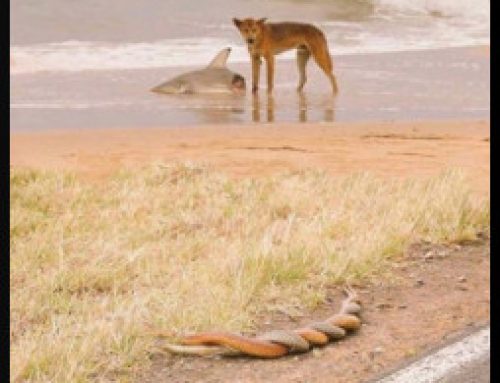Day 4 Researching stories?
By jbjamison|2019-04-26T00:39:53+00:00April 9th, 2019|Dibelief, Disruption, Distraction, General, J. B. Jamison, Writing Fiction|0 Comments
About the Author: jbjamison
Storyteller, author, gamer, musician, artist, and a lot of other labels that don't tell you anything about who I actually am.




